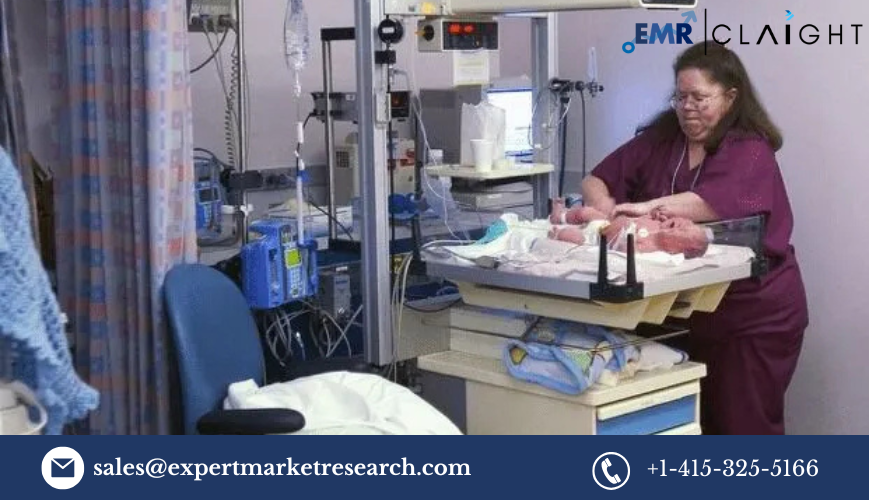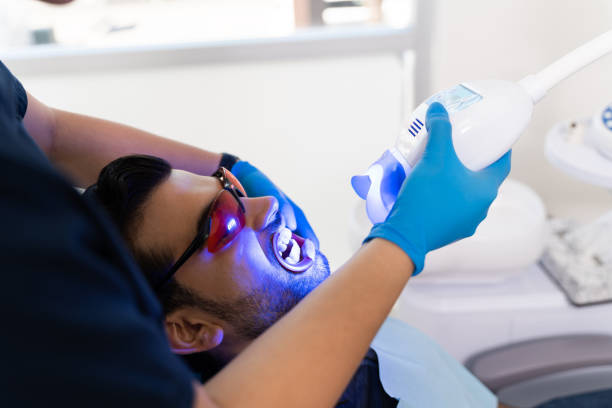The fetal and neonatal care equipment market is experiencing robust growth, with a 2023 valuation of USD 8 billion and an anticipated CAGR of 7.2% from 2024 to 2032. Key drivers, such as the increased prevalence of preterm births and the adoption of innovative medical technology, are accelerating this market. By 2032, the market is expected to reach USD 15 billion as healthcare providers prioritize quality neonatal care and governments increase investment in healthcare infrastructure.
Market Dynamics: Key Growth Drivers and Restraints
- Growth Drivers
- Increasing Preterm Birth Rates: Preterm births are rising globally, with an estimated 15 million babies born prematurely each year. These infants often require specialized equipment, such as incubators and respiratory support, to ensure survival and long-term health.
- Technological Advancements in Neonatal Care: The market is witnessing significant advancements in non-invasive monitoring, telehealth, and AI-driven devices, which are improving neonatal outcomes and lowering healthcare costs.
- Growing Awareness and Investment in Maternal and Infant Health: As countries prioritize healthcare, governments and private entities are investing in neonatal care facilities and cutting-edge technologies to reduce infant mortality and morbidity rates.
- Market Restraints
- High Equipment Costs and Accessibility Issues: Advanced neonatal equipment can be costly, posing challenges for low-income regions where access to healthcare resources may be limited.
- Stringent Regulatory Standards: Meeting regulatory standards and obtaining approvals can be time-consuming and costly for manufacturers, slowing the introduction of new technologies to the market.
Market Segmentation: A Detailed Breakdown
The fetal and neonatal care equipment market can be segmented by product type, end-user, and region. This breakdown highlights the market’s complexity and provides insights into demand patterns:
- By Product Type
- Neonatal Incubators: These provide a stable and controlled environment, essential for preterm infants’ survival. The incubator market is expected to see growth as hospitals and clinics increasingly adopt them to meet rising demand.
- Respiratory Support Devices: With respiratory issues being prevalent in premature infants, equipment like ventilators, Continuous Positive Airway Pressure (CPAP) devices, and oxygen concentrators are in high demand.
- Phototherapy Equipment: Used to treat neonatal jaundice, phototherapy equipment remains an essential component of neonatal care. Innovations in LED phototherapy devices are enhancing treatment efficacy and reducing side effects.
- Fetal Monitors and Pulse Oximeters: These devices provide real-time data on fetal and neonatal vital signs, helping healthcare providers to monitor and react to changes swiftly. The trend towards wearable monitors is gaining traction, especially in home-care settings.
- By End-User
- Hospitals and Neonatal Intensive Care Units (NICUs): Hospitals and NICUs are the largest end-users, as they provide specialized care for premature and ill infants. Investments in state-of-the-art NICU facilities are driving market demand.
- Home Healthcare: The rising trend of telehealth and portable devices is enabling more families to access neonatal care at home. This shift is expected to create a substantial market for home-use devices, especially in developed countries.
- By Region
- North America: With well-established healthcare infrastructure and a strong focus on neonatal health, North America holds a significant share of the market. The U.S. and Canada are leaders in adopting advanced neonatal technologies.
- Asia-Pacific: As birth rates in Asia-Pacific remain high, and healthcare facilities continue to expand, this region is projected to experience the fastest growth. Countries such as China and India are making notable investments in neonatal healthcare infrastructure.
- Europe: Focused on regulatory standards, Europe emphasizes the safety and efficacy of neonatal care equipment. The region has a high demand for sophisticated medical devices due to the EU’s stringent healthcare regulations.
- Latin America and Middle East & Africa: Although these regions currently have lower market shares, they represent high-growth potential as access to healthcare and investments in maternal and infant care increase.
Competitive Landscape: Leading Companies and Key Trends
Several global players are driving innovation in the fetal and neonatal care equipment market. Here’s a closer look at some of the key companies and their market strategies:
- GE Healthcare and Koninklijke Philips N.V.: Known for their comprehensive portfolios in neonatal monitoring and respiratory support, these companies are investing heavily in R&D and strategic partnerships to expand their global reach.
- Drägerwerk AG & Co. KGaA and Becton, Dickinson and Company: Both are leaders in neonatal safety solutions, focusing on patient monitoring and diagnostics. They are increasingly adopting AI to enhance precision in neonatal care.
- Medtronic and Masimo: These companies are at the forefront of non-invasive monitoring technology, which is transforming neonatal care by providing real-time data with minimal disturbance to infants.
Trending Practices and Partnerships:
- Mergers and Acquisitions: Companies are pursuing acquisitions to expand their product offerings and geographic presence. For example, Philips recently acquired BioTelemetry, expanding its monitoring and diagnostics capabilities.
- Funding and Investments: Increased funding for neonatal research and innovation is fueling growth. Investments are often directed toward developing portable devices and wearable monitoring solutions, which provide flexibility and improve care for newborns.
Technological Trends in Fetal and Neonatal Care Equipment
- Wearable Technology: Companies are developing wearable devices like neonatal socks and wristbands, equipped with sensors that track vital signs such as heart rate and oxygen levels. These wearables enable continuous monitoring and are particularly useful for home-care settings.
- AI and Predictive Analytics: Artificial intelligence is playing a crucial role in analyzing data from monitoring devices, allowing healthcare providers to anticipate potential health issues. This proactive approach can significantly improve outcomes for high-risk newborns.
- Internet of Things (IoT): IoT-enabled devices allow seamless data transfer between neonatal devices and healthcare providers, enabling real-time adjustments and improving the quality of care. For example, smart incubators can adjust humidity and temperature based on the infant’s condition.
Impact of COVID-19 on the Neonatal Care Equipment Market
The pandemic reshaped the neonatal care equipment market in several ways:
- Supply Chain Disruptions: Manufacturers faced challenges in sourcing materials and distributing equipment, highlighting the need for supply chain resilience.
- Increased Demand for Home-Based Care: With restrictions on hospital visits, demand for remote monitoring solutions and home-based care grew significantly. This trend is likely to persist as telehealth becomes more integrated into neonatal care.
Future Outlook and Projections
As the market continues to evolve, here are some trends to watch:
- Adoption of Portable and Home-Use Devices: The demand for compact, portable devices is increasing, enabling families to care for newborns in the comfort of their homes. These devices are expected to play a significant role in the market’s growth.
- Expanding Reach in Emerging Markets: Countries in Asia, Africa, and Latin America present significant opportunities for growth, especially as governments and private investors work to enhance healthcare infrastructure.
- Expected CAGR and Market Value: With a projected CAGR of 7.2%, the market is anticipated to grow from USD 8 billion in 2023 to USD 15 billion by 2032. This reflects the increasing focus on neonatal health and the rise of innovations in fetal and neonatal care equipment.






